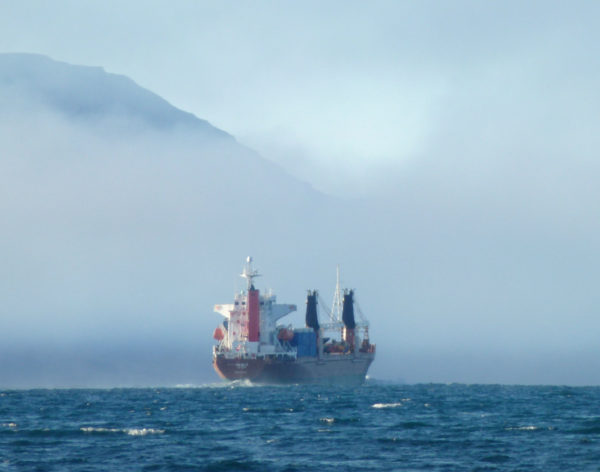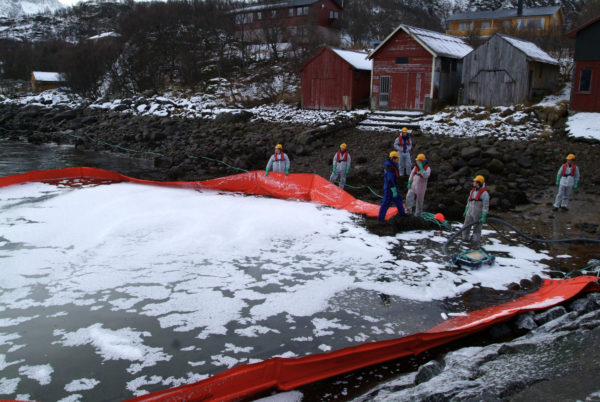Remote Arctic communities defenseless against oil spills, reports conclude
As mining increases and less summer sea ice makes the Arctic more passable, the risk of a ship-based oil spill will only grow. In the event of a spill, coastal communities throughout Nunavut and the Beaufort region would be the first to respond, and have the most to lose. Despite this, our research found they are woefully unprepared.
WWF-Canada commissioned analysis of the state of oil-spill response equipment, training, funding and legislation for Nunavut and the Beaufort region. The following problems were identified:
- Only a small number of coastal communities have access to the most basic oil spill response equipment from the Canadian Coast Guard.
- The communities that do have equipment say it is irregularly maintained, too few community members are trained to use it, and some communities don’t even have a key to access the storage containers.
- Harsh weather conditions, periods of prolonged darkness and the presence of sea ice make most standard oil spill response equipment ineffective.
- Remote locations mean response times for large-scale cleanup and storage equipment can be more than 10 times longer than in waters south of 60 degrees’ latitude.
- Lack of reliable communications infrastructure makes it difficult for communities to call for assistance, and for responders to communicate with those on land during an oil spill.
The consequences of an oil spill in a remote community can’t be understated.
John Noksana Jr., an Inuvialuit member of the Canada-Inuvialuit Fisheries Joint Management Committee and a first responder, lives in Tuktoyaktuk, on the western edge of the Northwest Passage. He has seen first hand the poor state of oil spill response equipment in the Beaufort region.
In an interview with CBC, he said a spill would “devastate” his people: “Where would we get our food from? There’s fish that migrate out of the Tuk harbour where people fish, there’s seals and the caribou go down to the water, it’s all of our staples.”
An oil spill in the Arctic would contaminate important habitat for polar bears, walrus, seabirds and seals, as well as narwhal, beluga and bowhead whales. Fish habitat, a staple of the Arctic diet, would be severely degraded.
And the damage wouldn’t necessarily be isolated to one community. If the oil gets trapped under sea ice, the contamination could spread to communities hundreds of kilometres away.
The way forward
Along with pointing out the gaps in oil spill response plans and preparedness, WWF-Canada makes several recommendations to help improve the state of oil spill response in remote Arctic communities, or prevent a spill from happening in the first place.
The first and most important of those is to phase out the use of heavy fuel oil, the most toxic and difficult to clean up of any fuel in the Arctic. HFO is already banned for use by ships in the Antarctic, and WWF-Canada is working with Indigenous community leaders and the International Maritime Organization to begin the process of phasing it out in the Arctic as well.
Response-time standards in the North should no longer be substandard to those south of 60 degrees latitude. Community based response plans should be developed, and funding to train community responders should be increased.
What’s more, Inuit organizations should be consulted on decisions that affect Arctic communities, and traditional knowledge should be used to help identify preferred shipping routes and areas to be avoided.
We know what the problems are. Now we can make changes to oil-spill response planning in the Arctic before our luck runs out.



